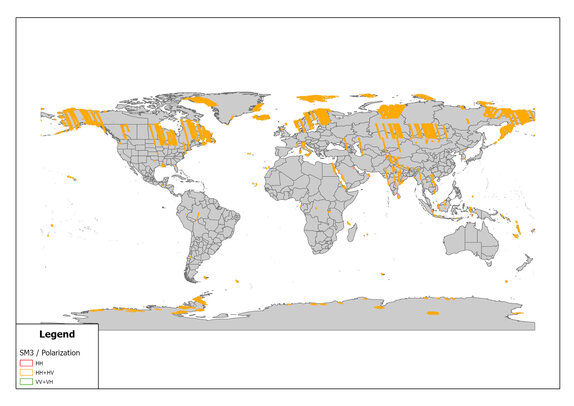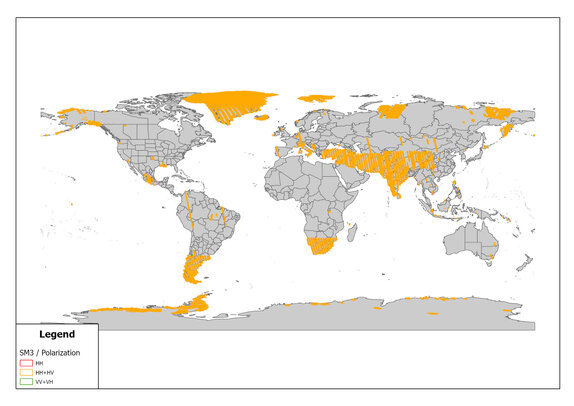ALOS-2, "DAICHI-2" is successor of ALOS, "DAICHI" ALOS-2 is follow-on mission from the "DAICHI", which contributes to cartography, regional observation, disaster monitoring, and resource surveys. ALOS-2 will succeed this mission with enhanced capabilities.
ALOS-2 Main Specifications
| Life | Designed life : 5 years Target : 7 years |
|---|---|
| Launch Date | May 24, 2014 |
| Launch Vehicle |
H-ⅡA24 |
| Launch Site | Tanegashima Space Center, Japan |
| Attitude (at Equator) |
628km |
| Lap Time | About 100 min |
| Revisit Time | 14 days |
| Spacecraft Mass | Under 2,100kg (including propellant) |
|---|---|
| Orbit Size (on orbit) |
About 10.0m×16.5m×3.7m |
| Mission Data Transmission |
Direct transmission and via data relay orbit |
| PALSAR-2 (Frequency) |
L band(1.2GHz) |
ALOS-2 is equipped with an Automatic ship Identification System(AIS), Space-based Automatic Identification System Experiment 2(SPAISE2), Compact Infrared Camera(CIRC) as a technology demonstration mission.
Equipped sensors of ALOS-2
ALOS-2 is equipped with the earth observation sensor called Phased Array L-Band Synthetic Aperture Radar (PALSAR2) that enables land observation rain or shine and day or night.
mission
Primary Mission of ALOS-2
Monitoring disaster
for safe life
-
01

To understand land deformation
due to earthquake -
02

International cooperation
through disaster information
provision to the world -
03

Promptly responding to
water disaster due to
torrential rain
and landslides -
04

Monitoring disaster
discounting oceans
or mountains -
05

Sea ice monitoring
Tackling global-scale
environment problems
-
01

Deforestation monitoring
by global forest map -
02

Monitoring deforestation
-
03

Polar ice reduction
Economic and
food contribution
-
01

Uninterrupted
food supply -
02

Probing underground
resources and understanding
land subsidence
Progress from ALOS to ALOS-2
- 01More wider, More precisely - Both resolution and observable area are greatly improved -
- The resolution of the PALSAR was a maximum of 10 meters, but that of the PALSAR-2 has been improved to 1 to 3 meters. This improvement became possible by adding a "Spotlight mode" which enables the satellite to change its radio wave radiation direction to its moving direction (vertical direction) while flying to keep observing one specific target location for a long time. 01
- A "Dual receiving antenna system" is adopted to secure enough observation band with high resolution. As a result, the observation band is 50 km with 3 meter resolution in the "Strip Map mode", and 25 km with 1 to 3 meters. resolution in the "Spotlight mode". 02
- 02More quickly - High responsiveness -
-
Observable area greatly broaden from 879km to 2,320km
The ALOS was fixed to face the lower right direction toward the moving direction of the satellite, thus it observed only one orientation. To broaden the observable area, the satellite, thus, by changing the satellite's attitude right or left during observations, both sides of the satellite can be observed. 01 - The revisit time is reduced from 46 days to 14 days ( so that the satellite can go back to the target location sooner) 02
- The data transmission capability is strengthened to be more efficient and faster. 03
As a result, when a disaster monitoring request comes in within Japan, we can provide images of the stricken area in two hours at the earliest.






